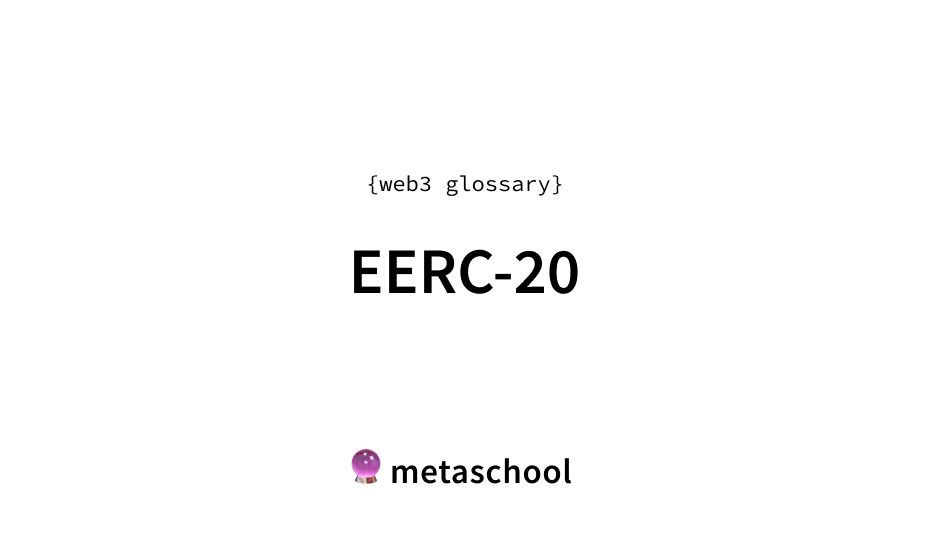Table of Contents
What is ERC20 token?
The ERC20 token is technical standard for every fungible token used to issue and implement tokens on the Ethereum Blockchain. Being a fungible token means that it has a property that makes each token’s value and type exactly the same as another token.
For example, one ERC20 token will always be equal to other tokens. This kind of token are also called fungible tokens.
Blockchain veteran Fabin Vogelstellar proposed ERC20 in the year 2015 as a solution to standardize tokens within Ethereum smart contracts. He used Ethereum’s GitHub page to propose his idea and it actually got noticed.
Since his comment was the 20th comment on the page, it was naturally assigned the designation, ERC20. It wasn’t changed after that.
Why is ERC-20 token?
The name ERC20 is basically an acronym that stands for “Ethereum Request for Comment 20” and it is the name of the standard protocol which is used to generate the token.
While ERC20 tokens are fungible, there are some characteristics that set them apart from other regular fungible coins. These features are better understood through the token structure. It is the very components of the structure that set ERC20 apart from other fungible assets.
The token is still very much fungible, albeit a little different from the regular fungible.
ERC20 token structure
So, what are some features of an ERC20 token and how is it structured? An overview of the overall structure of an ERC20 token would be:
- It has a token name and a specific symbol
- It must have a certain number of decimal places which are essentially used to represent the smallest unit of a particular token
- Has a total supply of the token, as in how many pieces are in existence
- Apart from the aforementioned three features, ERC20 tokens also have features like Token Freeze, Token Burn, and Token Minting.
Functions a compliant ERC20 token must be able to implement ⛓
These functions are able to:
- Provide information about the total supply of a token
- Give an account balance of the owner’s account
- Transfer a specific number of tokens to a specific address
- Move a specific number of tokens from a specified address
- Allow users to withdraw tokens from specific accounts
- Provide information about a set number of tokens from a spender to the owner
This particular standard also allows an address to give allowance to another address to be able to retrieve tokens from it. For this, we require wallets.
👀 Related
Best ERC20 compliant wallets 👛
An ERC-20 wallet is a wallet that lets you manage the token standard. Let’s look at some suitable ones you can use.
- Metamask (if you don’t know how, learn to create and set up your MetaMask account here)
- Coinbase
- Atomic Wallet
- Trezor
ERC20 token uses cases
Like many different tokens, ERC-20 also has some really good use cases and they are as follows:
- DeFi – being fungible tokens, ERC20 tokens are used for trading, borrowing and selling. Examples include Aave, UniSwap, and Compound.
- NFTS – ERC20 tokens can also be used as NFTs and can serve as digital assets. Examples include CryptoKitties.
- Games – ERC20 tokens are also used in gaming to represent in-game characters mostly. Axie Infinity is a good example.
- Voting and governance – ERC20 tokens are used for voting and decision-making in decentralized organizations. Examples include MakerDAO (MKR) and Aragon (ANT).
Overall, ERC20 tokens provide a solid base for developing any fungible token on the Ethereum Blockchain which makes it awfully convenient for developers to build with.
